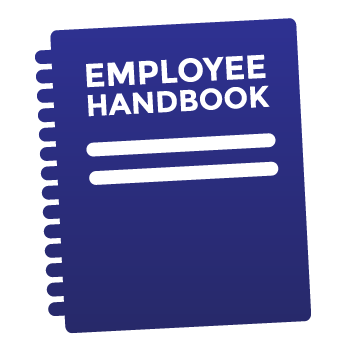 Temporary talent is an important component of a comprehensive human capital plan. Insurance organizations must be nimble and able to quickly calibrate to support workloads, busy seasons, employee leaves and special projects. As the gig economy grows and becomes more commonplace, the ability to effectively leverage short-term employees is imperative.
Temporary talent is an important component of a comprehensive human capital plan. Insurance organizations must be nimble and able to quickly calibrate to support workloads, busy seasons, employee leaves and special projects. As the gig economy grows and becomes more commonplace, the ability to effectively leverage short-term employees is imperative.
According to Mercer’s 2019 Global Talent Trends Study, nearly 80 percent of executives across all industries think full-time employees will be significantly replaced by gig workers in a few years. Within the insurance industry, developing programs for temporary employees is a top priority for human resources teams and 18 percent of insurers plan to increase their use of temporary staff in 2019.
Organizations are tasked with blending contractors and freelancers into their workforces and ensuring all parties are able to work effectively. A temporary employee’s first week is vital in setting them up to flourish throughout the entirety of an engagement. There are several ways hiring managers can help interim staff get up to speed and quickly start making an impact.
 Begin onboarding before the first day.
Begin onboarding before the first day.
Start the onboarding process prior to your temporary employee’s first day of work. This often includes an orientation call with both the staffing firm and the hiring manager. On this call, the employee should receive information such as a schedule for the first day, where to report, appropriate attire and what to bring. To complement the call, provide an orientation packet the employee can use for reference. This can be created in partnership with your staffing firm and should include pertinent details such as the office address (if the employee is on site), names and contact information for key personnel on both the company and staffing agency sides, any necessary compliance forms and information on your company.
Set clear expectations.
A vital factor in a successful engagement is laying out clear expectations around projects, deliverables and in some cases, the potential to convert to full-time employment. This will vary based on the type of position and work arrangements. For instance, while many temporary employees work on site, subject matter experts and consultants may go into the office for the first week and then work remotely for the remainder of their assignments. In this type of model, it’s even more important details around deadlines, touchpoints and communication preferences are understood.

Treat them as an extension of your team.
Although temporary staff may only be part of your team for a few months, immerse them in your company culture and help them foster relationships with those they will be interacting with on a regular basis. During the first day or two, introduce them to team members and provide a contact for any questions that may come up about the department, office or culture. Help keep your temporary employees engaged and motivated by including them in team meetings and sharing the organization’s overall goals. While a project may be short-term, individuals should feel connected to your organization and that their work is meaningful.
Provide frequent feedback and establish future checkpoints.
 Feedback is especially helpful during the first week. This provides an opportunity to ensure all parties are aligned and if necessary, to course correct before potential issues arise. Have a formal check in after the employee’s first day to make sure all technology is working appropriately, access has been granted for the right systems and there are no lingering logistical questions. Establish ongoing checkpoints to allow temporary staff to share any issues or roadblocks they may experience moving forward. Additionally, keep your staffing agency looped in to ensure any performance feedback is provided early on.
Feedback is especially helpful during the first week. This provides an opportunity to ensure all parties are aligned and if necessary, to course correct before potential issues arise. Have a formal check in after the employee’s first day to make sure all technology is working appropriately, access has been granted for the right systems and there are no lingering logistical questions. Establish ongoing checkpoints to allow temporary staff to share any issues or roadblocks they may experience moving forward. Additionally, keep your staffing agency looped in to ensure any performance feedback is provided early on.
By focusing on the first five days, insurers can set gig employees up to be productive and effective, while helping both parties have a positive experience. For more on onboarding temporary employees and keeping them engaged throughout the entirety of their assignments, view our recent white paper, Managing for Excellence in the Gig Economy.